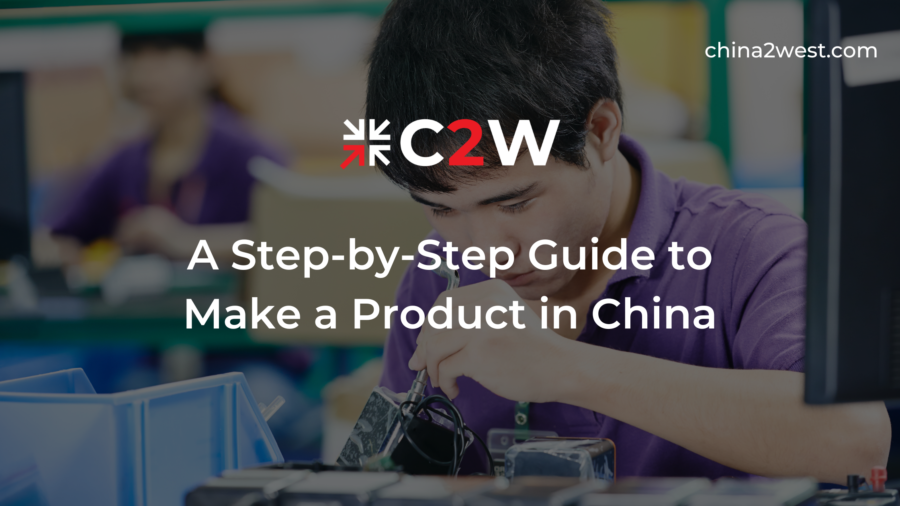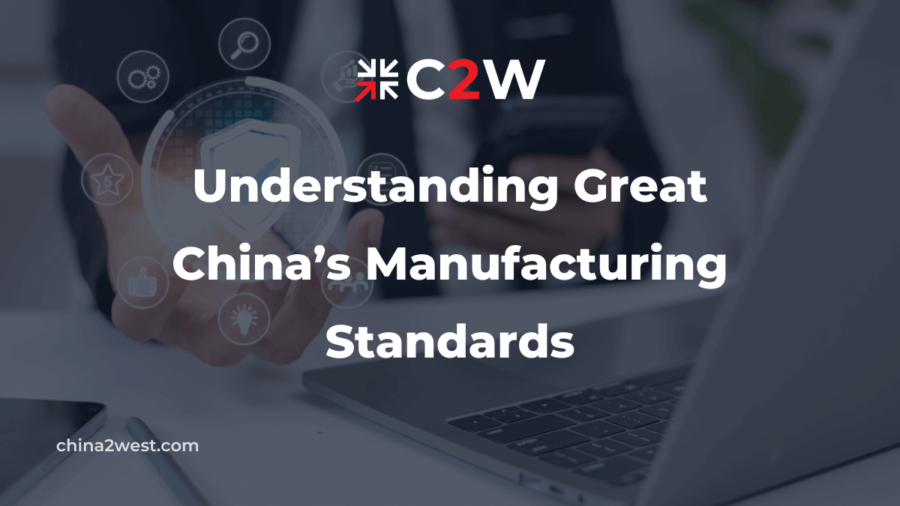In today’s globalized economy, manufacturing in China has become an attractive option for businesses looking to create products at competitive prices. With its well-established manufacturing infrastructure, skilled labor force, and cost-effective production capabilities, China offers numerous advantages.
However, navigating the process of making a product in China can be complex, especially for those who are new to it.
This comprehensive guide will walk you through the essential stages of manufacturing a product in China.
Step 1: Market Research and Idea Validation
Before diving into production, it’s crucial to conduct thorough market research and validate your product idea. This initial step will help you determine if there’s a demand for your product and if it’s financially viable. Here’s what you should do:
1.1. Identify Your Target Market
Define your target audience. Who are the potential consumers of your product? Understanding your market will guide your product development and marketing strategies. Consider demographics, psychographics, and geographic locations.
1.2. Competitive Analysis
Analyze your competitors. Identify similar products in the market and assess their strengths and weaknesses. This will help you refine your product to stand out. Dive deep into their marketing strategies, pricing models, and customer reviews.
1.3. Validate Your Idea
Testing your product concept is critical. Engage with potential customers through surveys, focus groups, or online communities.
Gather feedback and make necessary improvements based on the responses. Consider creating a minimum viable product (MVP) for real-world testing.
1.4. Financial Projections
Estimate the costs associated with manufacturing in China, including production, shipping, and legal expenses.
Create detailed financial projections to ensure the project’s viability and determine your break-even point.
Step 2: Intellectual Property and Legal Considerations
Protecting your intellectual property is crucial when manufacturing in China. Here’s what you need to do:
2.1. Trademarks and Patents
Register your trademarks and patents in China to safeguard your intellectual property rights.
Consulting with a local attorney who specializes in intellectual property law is advisable for this process. Explore international intellectual property treaties to ensure global protection.
2.2. Contracts and Agreements
Draft clear and comprehensive contracts with manufacturers, suppliers, and partners. These agreements should outline responsibilities, quality standards, and dispute resolution mechanisms. Ensure that all parties involved understand and agree to the terms.
2.3. Regulatory Compliance
China has specific regulations for various industries. Ensure that your product complies with these regulations, including safety standards, labeling requirements, and import/export restrictions. Consulting with regulatory experts or legal advisors is advisable.
Step 3: Finding the Right Manufacturer
Selecting the right manufacturer is one of the most critical steps in the process. Follow these guidelines:
3.1. Research Manufacturers
Conduct extensive research to identify reputable manufacturers with a history of producing similar products.
Consider factors like production capacity, location, certifications (e.g., ISO 9001), and their experience with your industry.
3.2. Visit Factories
Whenever possible, visit the factories in person to assess their capabilities and quality control procedures.
This will help build trust and ensure your product meets your standards. Evaluate the working conditions, equipment, and the skill level of the workforce.
3.3. Negotiate Pricing
Negotiate pricing terms and payment schedules. Be clear about your budget constraints and expectations.
Consider factors like bulk discounts, payment terms, and currency exchange rates. Build a transparent and mutually beneficial relationship with your manufacturer.
Step 4: Product Development and Prototyping
Once you’ve chosen a manufacturer, it’s time to develop your product. Here’s how to proceed:
4.1. Design and Prototyping
Collaborate closely with the manufacturer to create detailed product designs and prototypes.
Ensure these prototypes meet your quality and functionality standards. Emphasize the importance of prototyping to minimize production issues.
4.2. Quality Control
Implement stringent quality control measures during the production process. Regularly inspect the product to maintain consistency.
Consider hiring third-party quality control inspectors to ensure the highest standards are met.
4.3. Supply Chain Management
Establish a robust supply chain management system to monitor the flow of materials and components. Ensure a steady supply of raw materials to prevent production delays.
Step 5: Logistics and Shipping
Managing the logistics of shipping your product from China to your destination is another crucial aspect. Follow these steps:
5.1. Shipping Options
Choose the most cost-effective and reliable shipping method based on your product’s size and quantity. Consider air freight, sea freight, or a combination of both.
5.2. Customs and Regulations
Familiarize yourself with import/export regulations and customs procedures in both China and your destination country.
Ensure all necessary documentation, including invoices and permits, is in order. Partner with a reputable customs broker to facilitate the process.
5.3. Warehousing
Consider warehousing options near your target market to streamline distribution. Utilize local fulfillment centers or third-party logistics providers to minimize shipping costs and delivery times.
Step 6: Marketing and Distribution
With your product manufactured and ready for shipment, focus on marketing and distribution:
6.1. Marketing Strategy
Develop a comprehensive marketing strategy tailored to your target audience. Utilize online and offline channels to reach potential customers.
Leverage digital marketing, social media, influencer partnerships, and trade shows to build brand awareness.
6.2. Distribution Channels
Identify the most suitable distribution channels, whether it’s through retailers, e-commerce platforms, or direct sales. Consider strategic partnerships with distributors and wholesalers in your target market.
6.3. Customer Support
Provide excellent customer support to build trust and loyalty. Address inquiries and resolve issues promptly. Consider offering warranties or guarantees to instill confidence in your product.
Step 7: Quality Assurance and Continuous Improvement
Maintaining product quality is an ongoing process:
7.1. Feedback Loop
Establish a feedback loop with customers to gather insights and make necessary improvements. Encourage customers to leave reviews and testimonials to enhance your product’s reputation.
7.2. Continuous Innovation
Stay competitive by continuously innovating your product and production processes. Keep an eye on industry trends and technological advancements that could enhance your product’s features or reduce production costs.
Manufacturing a product in China can be a rewarding endeavor if approached methodically. By following this comprehensive step-by-step guide, you’ll be well-prepared to navigate the complexities of the manufacturing process.
Remember that building strong relationships with trusted partners, one like C2W with decades of industry experience and a vast supplier network in China, will be key to your long-term success in the global marketplace. Embrace the journey, learn from each stage, and watch your product come to life in the world’s manufacturing powerhouse. Contact us now!


